
Bhil Pithora Painting 2 (21 x 30 cms) International Indian Folk Art
Pithora painting- this is a different kind of traditional painting. These paintings are usually made during childbirth, marriages, and other ceremonial occasions and functions of wish fulfillment The tribal people consider the paintings as fortunate and over the years, the paintings have become parts of their lives and culture.
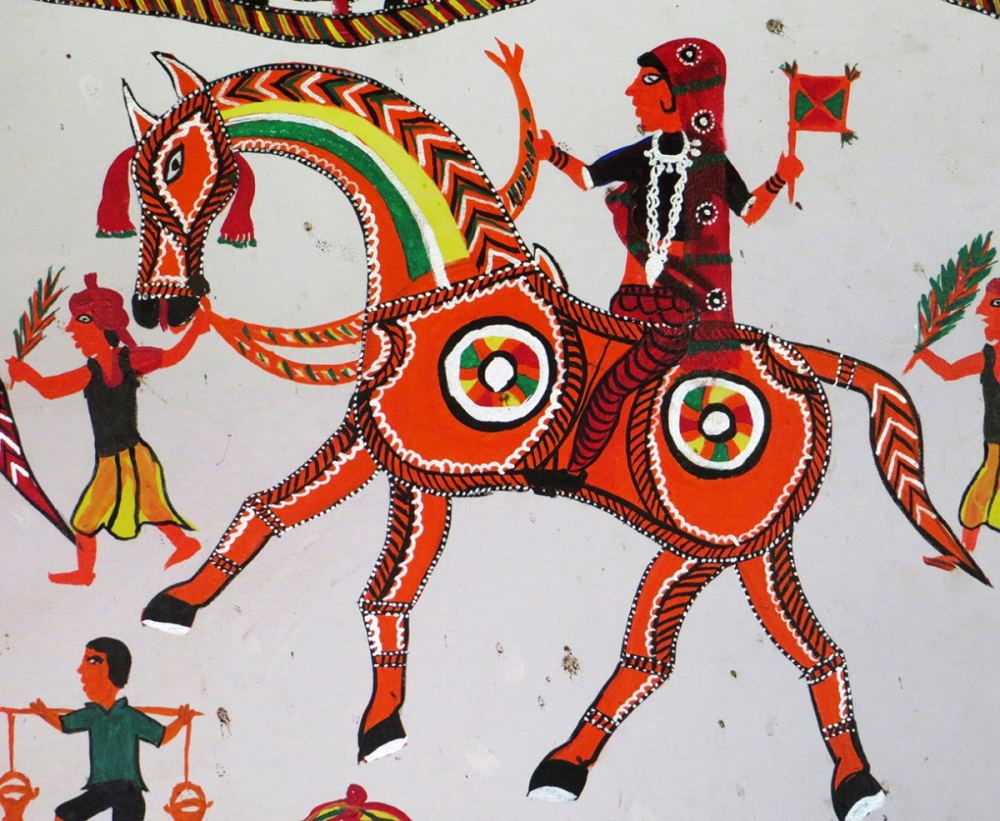
Motifs in Pithora Painting Sahapedia
Pithora is a town and a nagar panchayat in Mahasamund district in the Indian state of Chhattisgarh . Geography Pithora is located at 21.27°N 82.52°E. [1] It has an average elevation of 304 metres (997 feet). Pithora is 50 km North to the District Headquarter Mahasamund on National Highway 53 (formerly National Highway 6). Demographics
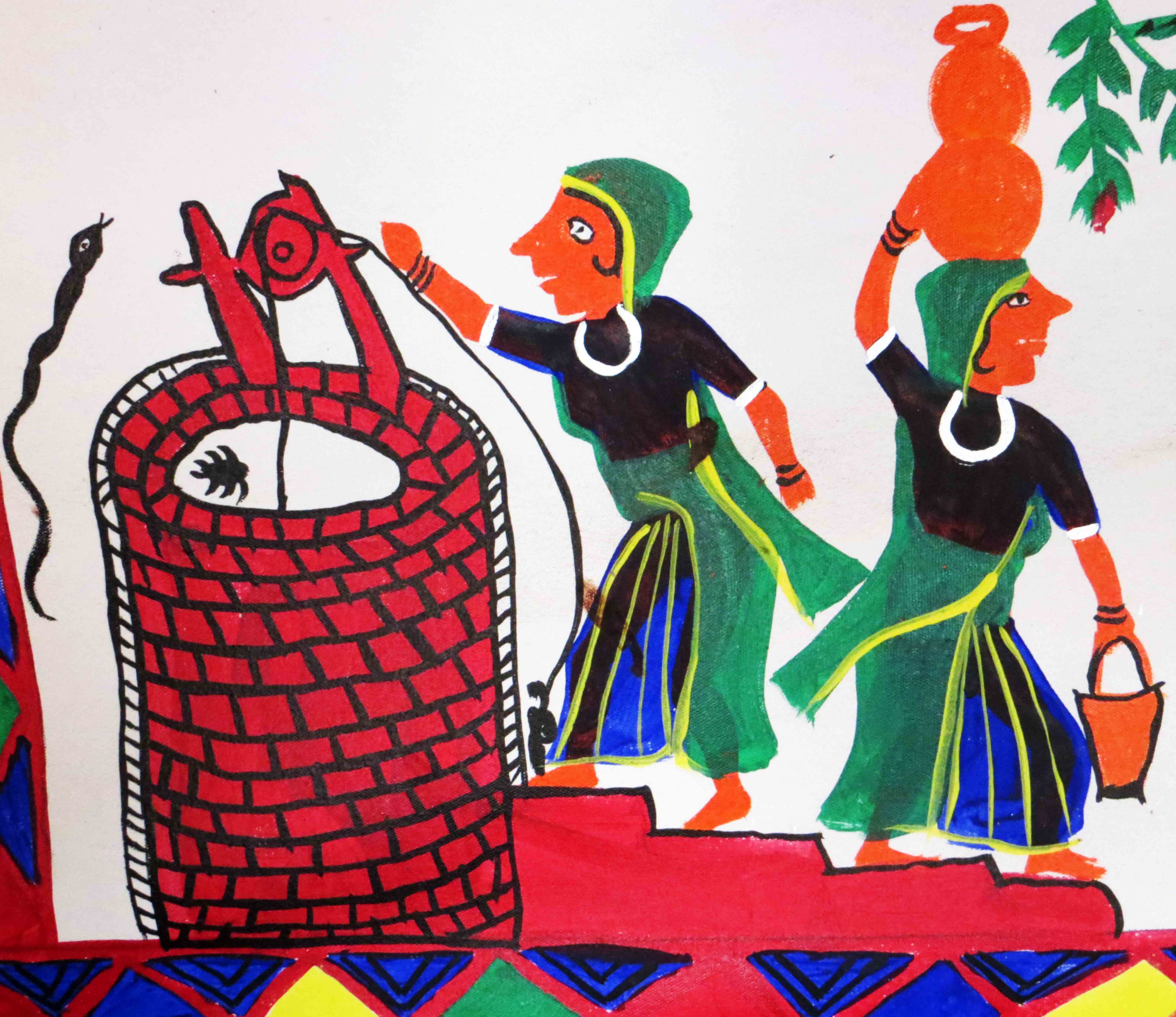
Pithora Painting III Sahapedia
Pithora is a ritualistic painting done on the walls by the Rathwa, Bhils and Bhilala tribes. The name Pithora also refers to the Hindu deity of marriage. Style and evolution A Pithora painting of the Rathava community, Gujarat Historically, they were cave, wall and rock paintings.

Pithora Painting III Sahapedia
1. In the Caves of Bhimbetka A PREHISTORIC CAVE PAINTING IN BHIMBETKA CAVE One of the earliest forms of art in Chhattisgarh can be seen in the rock art found in the caves of Bhimbetka. These paintings, dating back to the prehistoric period, depict scenes of hunting, dancing, and daily life. 2. The New Era of Art
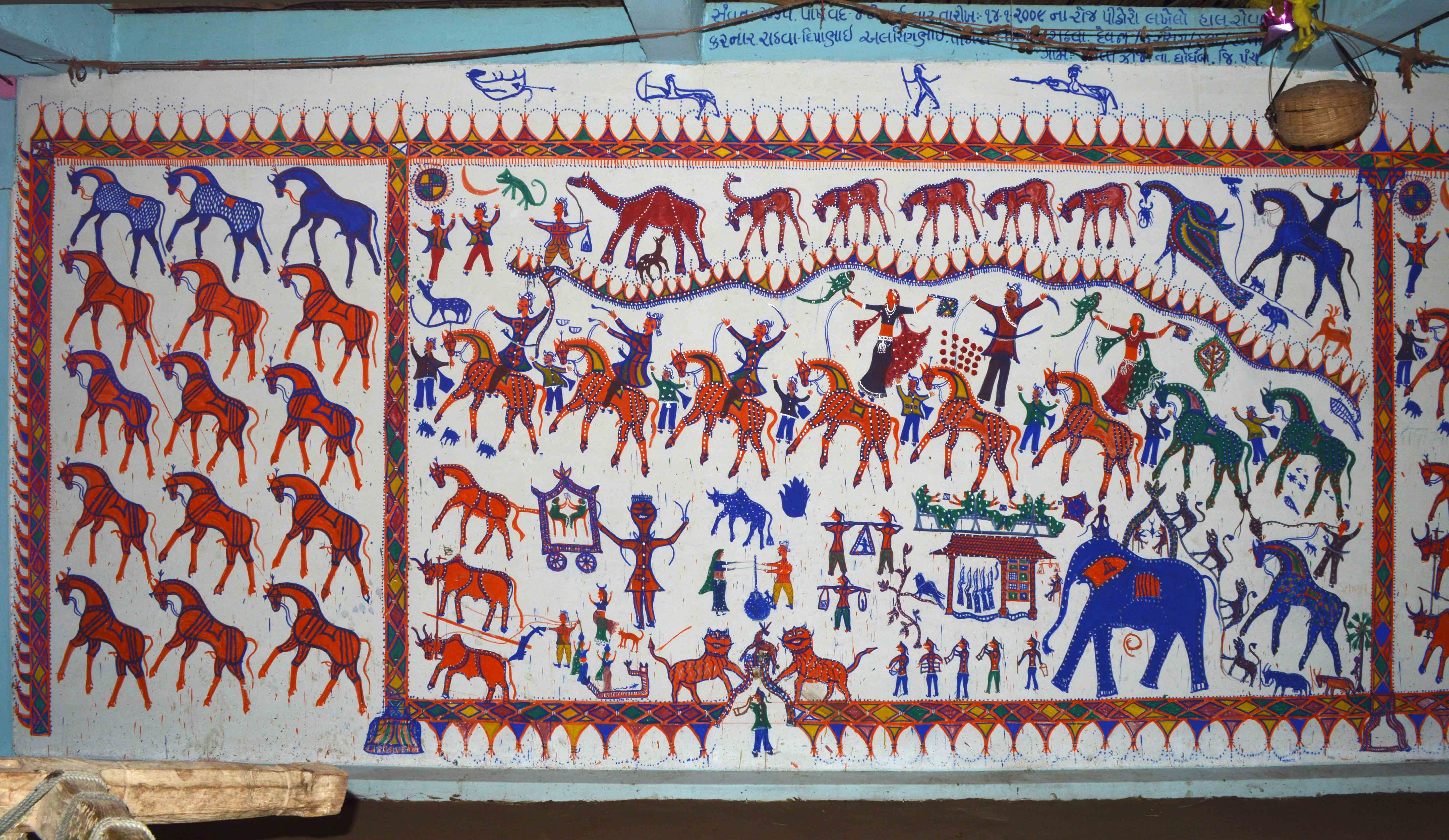
Pithora Painting Sahapedia
F. Pithora Art. Pithora painting isn't an everyday art; it's reserved for significant life events. Births, marriages, and other important milestones are marked with the vibrant strokes of Pithora paintings. These intricate artworks carry the weight of tradition and the joy of festivities. The birthplace of these paintings lies in Chhattisgarh's.
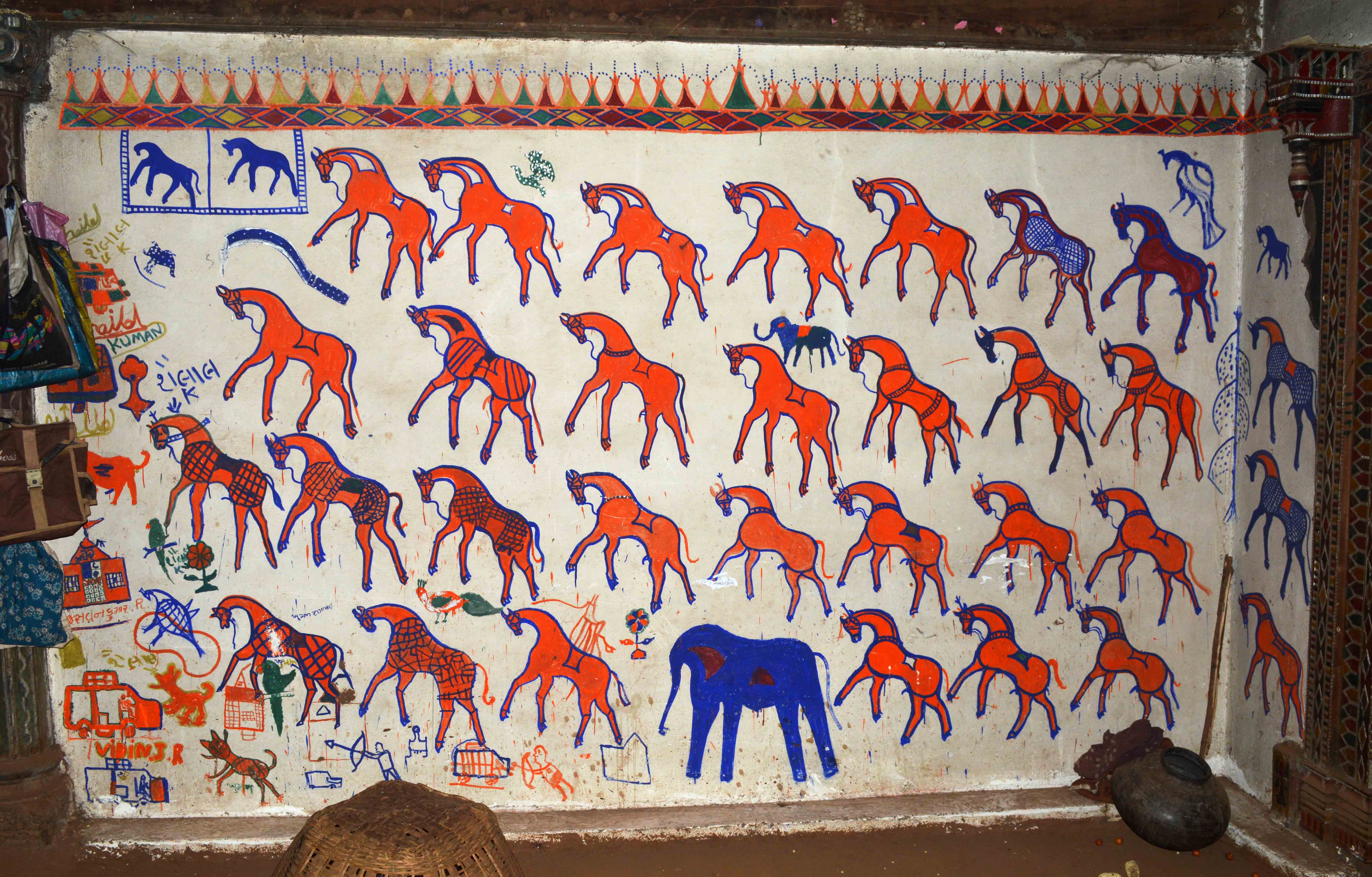
Pithora Painting Sahapedia
The Pithora painting is a native tribal art that belongs to India. To encourage the Pithora art form, the state governments of Gujarat and Madhya Pradesh take initiative. Many government offices and schools in the states display the Pithora paintings on their walls. Over the years, Pithora Art has also shown adaptability in the art form.
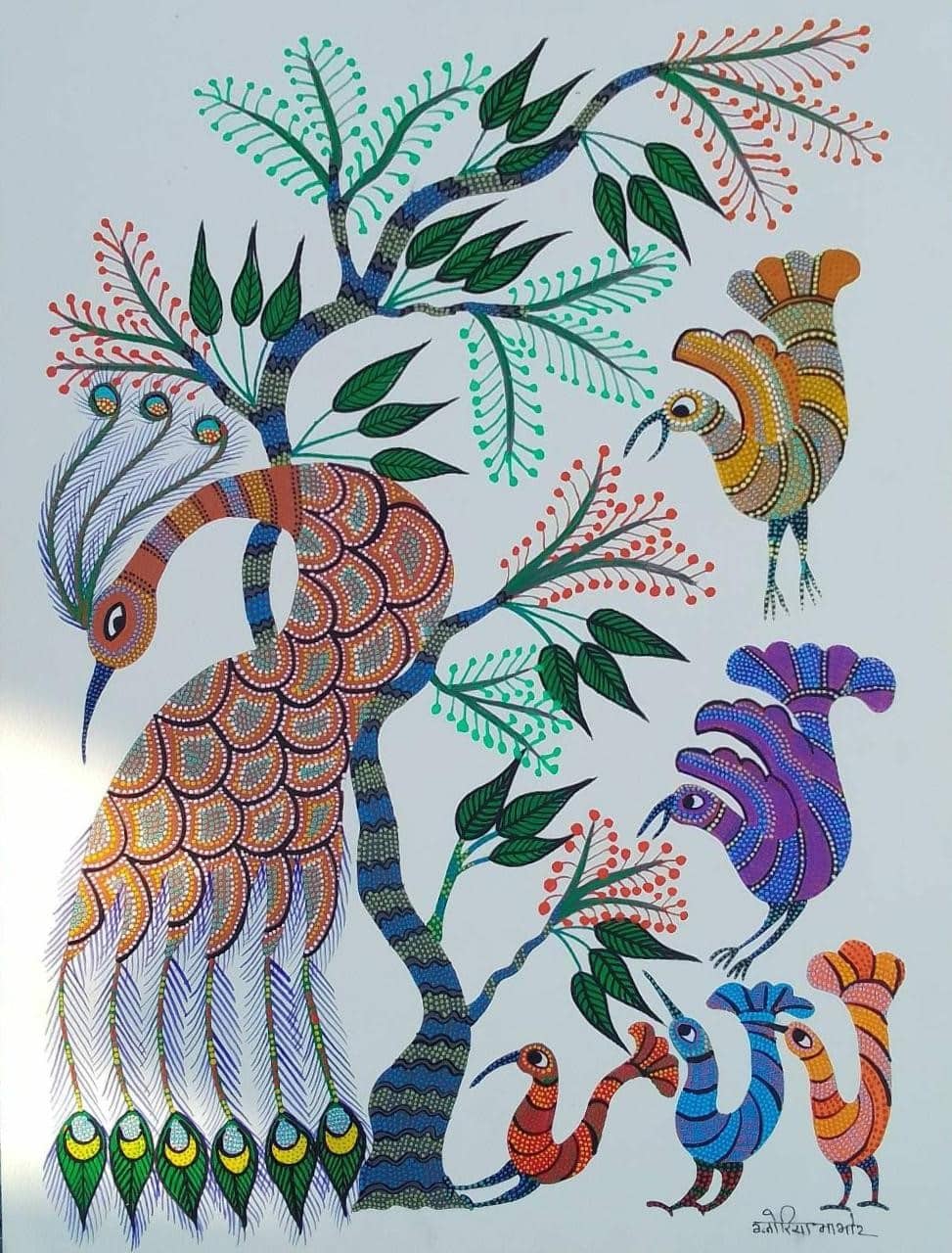
Bhil Pithora Painting 5 (21 x 30 cms) International Indian Folk Art
Hanoz Patel. Hanoz H.R. Patel has studied changes in Rabari pastoralist livelihoods in Kutch as part of the Simulpast Project. He has worked in museums across India, and conducted research on tribal art, and organized workshops and exhibitions with Bhasha Research and Publication Centre. Currently, he is associated with EKA Archiving Pvt. Ltd.
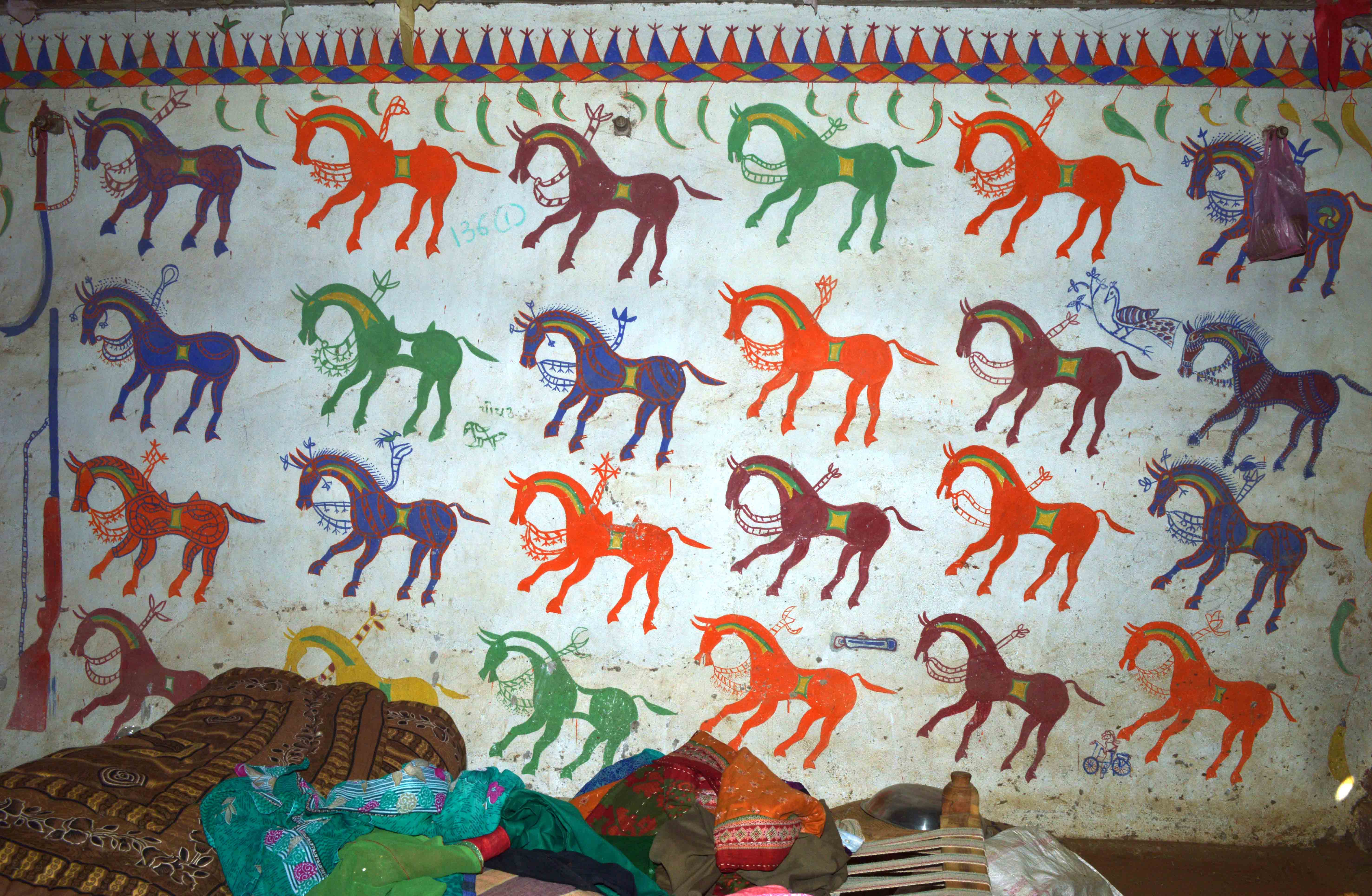
Pithora Painting Sahapedia
Several researchers and scholars have conducted a lot of studies on Pithora, its celebration and its traditions. The painting that is done on the wall is done according to rituals, along with its ceremonies, based on the vow, and even done happily. It is done in a social way, as it is supposed to be done.

Pithora paintings from central Gujarat OpenArt Drawing
The craft of tribal paintings in the interiors of Chhattisgarh originates from the tradition of creating patterns and designs, both votive and decorative, on floors and walls, as well as in courtyards, to mark occasions - auspicious, religious and celebratory - and cyclical events - both in human life, and the seasonal calendar.
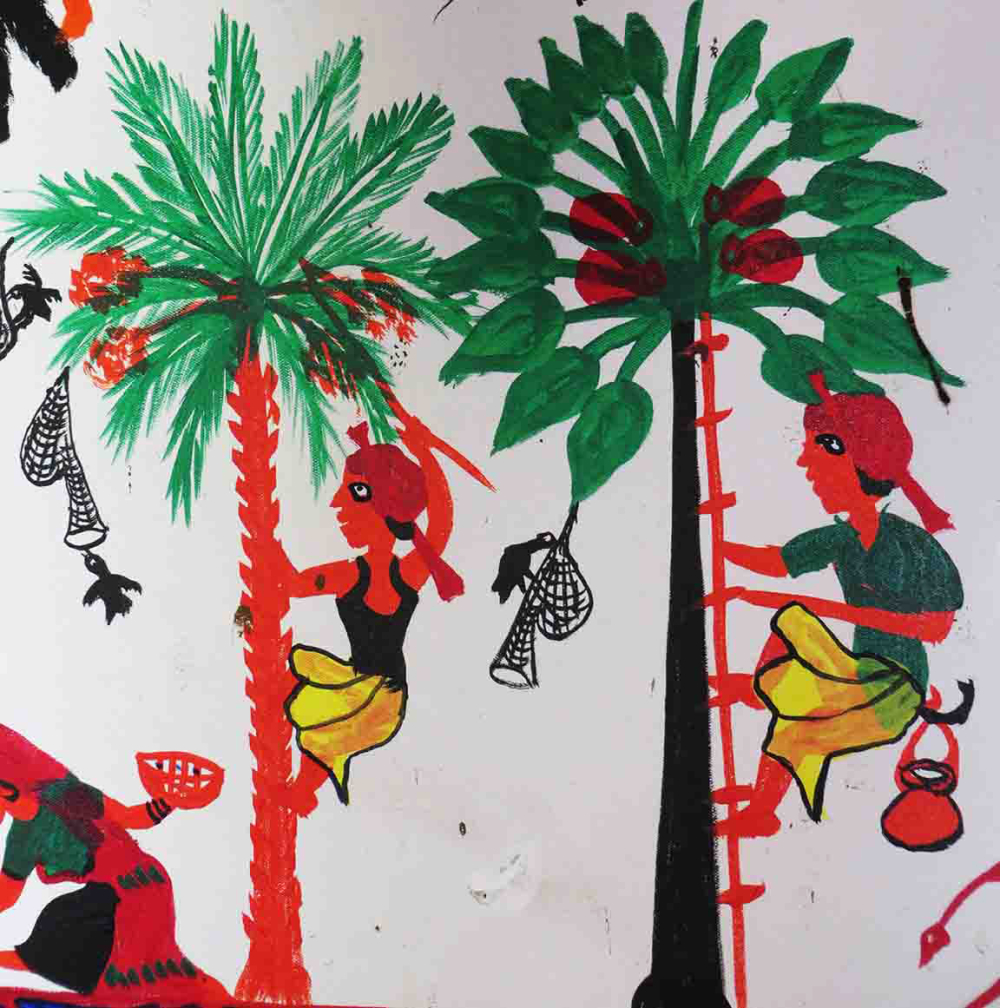
Motifs in Pithora Painting Sahapedia
In Pithora painting, around 80-85 main pictures are drawn, and including other pictures the total can be over 165. The son of Dudha Rajol was Baba Indraj and the wife of Indraj was Hatu Rani. Indraj had seven sisters, Rani Kajal, Rani Makhal, Dharti Rani, Kola Rani, Kalu Rani and Kali Koyal.

Bhil Pithora Painting 4 (21 x 30 cms) International Indian Folk Art
The Pithora paintings trail back long into history and find their roots in the cave paintings, thousands of years old. This is the most prevalent and characteristic art tradition of the Rathwa community, who live in the region bordering Gujarat and Madhya Pradesh states in India.
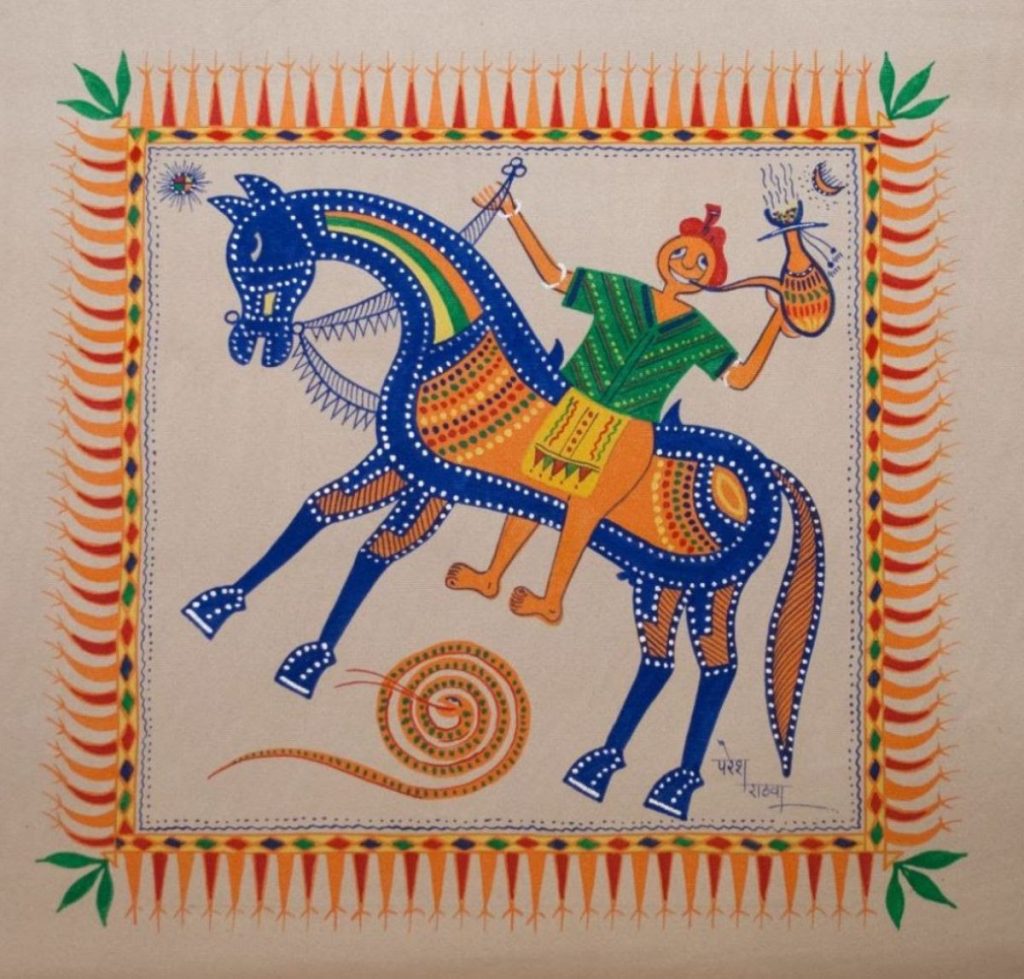
Pithora Paintings The South Asia Collection
Pithora painting, a traditional folk art form, holds a special place in the cultural heritage of India, particularly in the states of Gujarat, Chhattisgarh, and Madhya Pradesh. This unique art style is not only visually captivating but also deeply rooted in the cultural fabric of these regions.

Pithora Painting Asia InCH Encyclopedia of Intangible Cultural Heritage
Pithora paintings mainly revolve around the story of the god Rathwa "Pithoro" or "Baba Pithoro", after whom this art-ritual is named. Baba Ind, in the center, god of rain and protector of animals The story goes that Pithoro is the illegitimate child of Kali Koyal and King Kunjul (Kundu Rano).
Pithora Painting II Sahapedia
Pithora paintings are a distinctive style of folk art found in the tribal regions of Chhattisgarh, particularly among the Rathwa and Bhilala communities. These paintings are done on the walls of houses or on cloth using natural pigments derived from minerals and plants.
Pithora of the Rathvas Sahapedia
Types of Art in Chhattisgarh: Pithora Paintings: A Riot of Colors on Canvas. Intricately tied to the cultural traditions of the local tribes, Pithora paintings are a visual delight. These colorful artworks often adorn the walls of houses during auspicious occasions and depict tribal rituals, deities, and symbols of fertility and prosperity..

Pithora Painting International Indian Folk Art Gallery
Pithora paintings is a common traditional art form. These paintings originated in the tribal area of the Central India which is presently Madhya Pradesh and Chhattisgarh and depicts the offering to gods. These paintings are usually done on the occasion of marriages, childbirth and other occasions of fulfillment of wish etc.